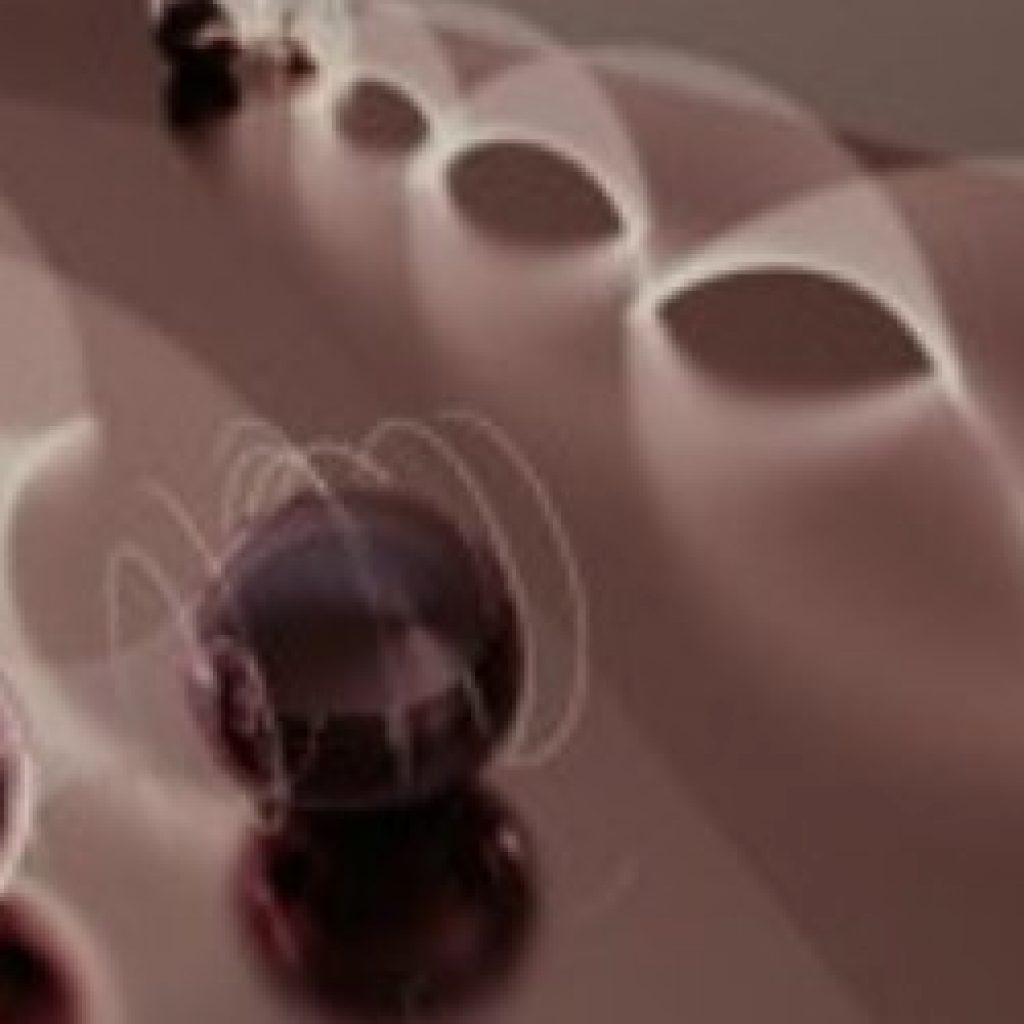(Nanotech-Now) A team of researchers at the University of Illinois, led by physicist Vidya Madhavan, in collaboration with researchers from the National Institute of Standards and Technology, the University of Maryland, Boston College, and ETH Zurich, have used high-resolution microscopy tools to peer at the inner-workings of an unusual type of superconductor, uranium ditelluride (UTe2). Their measurements reveal strong evidence that this material may be a natural home to an exotic quasiparticle that’s been hiding from physicists for decades.
“We know the physics of conventional superconductors and understand how they can conduct electricity or transport electrons from one end of a wire to the other with no resistance,” said Madhavan. “Chiral unconventional superconductors are much rarer, and the physics is less well known. Understanding them is important for fundamental physics and has potential applications in quantum computing,” she said.
If confirmed, uranium ditelluride would be the only material, other than superfluid He-3, proven to be a chiral unconventional superconductor. “This is a huge discovery that will allow us to understand this rare kind of superconductivity, and maybe, in time, we could even manipulate Majorana quasiparticles in a useful way for quantum information science.”
Elusive Particles in Newly-Discovered Superconductor UTe2 Has Potential Applications in Quantum Computing
